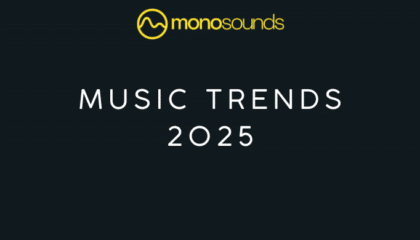
Title: Music Trends 2025: What’s Blowing Up on TikTok and…
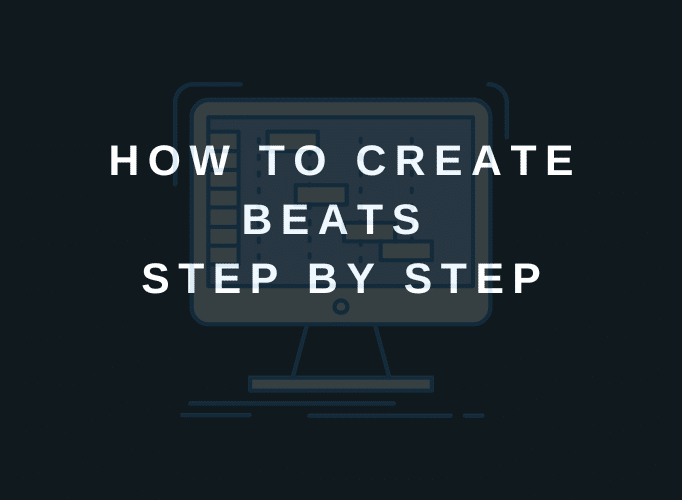
The process of creating music is intriguing and can be quite fulfilling. The beats are one of any composition’s most crucial components. The music’s rhythm and direction are established by them, which appeals to the listener more. Regardless of the genre you work in, producing high-quality beats is an important step in the process. From jazz to pop, techno to hip-hop, rhythms aid a composition’s dynamics and emotions.
Nowadays, artists employ specialized software and equipment to make beats, enabling them to reach a high level of sound quality and individuality in each one.
Without this technology, creating beats might be time-consuming and unsuccessful. Electronic music has made the job of recording engineers and composers considerably easier, yet some of the most well-known beats were composed on ancient analog musical instruments. For instance, the drum sounds were captured in a huge studio in a ladder pipe to generate the beat for the Led Zeppelin song “When the Levee Breaks.” When Aerosmith’s producer Rick Rubin handed the band’s “Raising Hell” album Run-DMC and urged them to record a cover version, the beat for the song “Walk This Way” was born. As a result, they worked together for the first time in history to produce one of the greatest rock rap songs ever.
The process for making beats in various genres will next be covered, along with information on the software and tools you need to get the greatest sound.
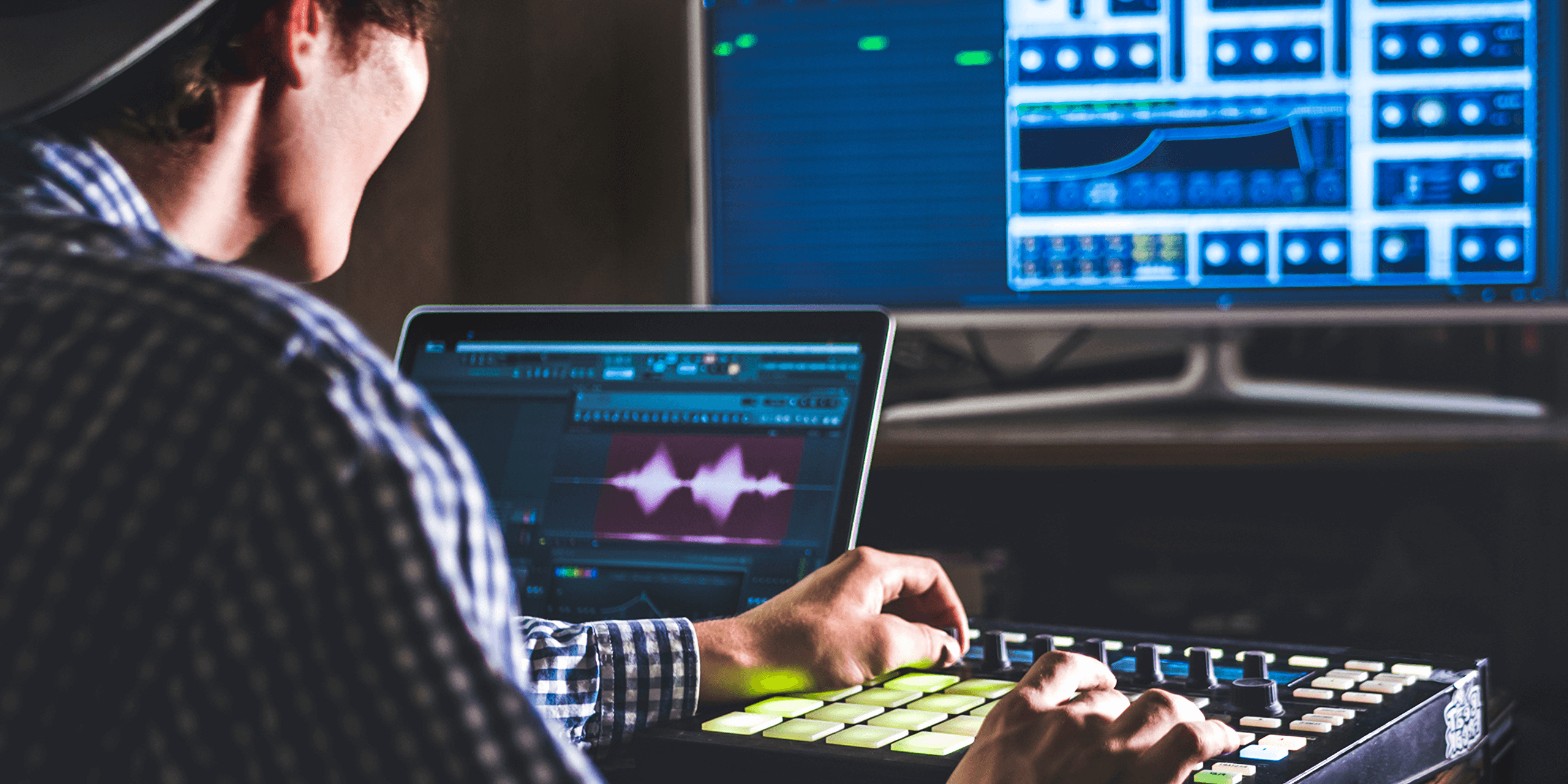
You need tools if you choose to make your own parts. You can accomplish this with a variety of applications, but we’ll just look at the most well-liked and efficient ones.
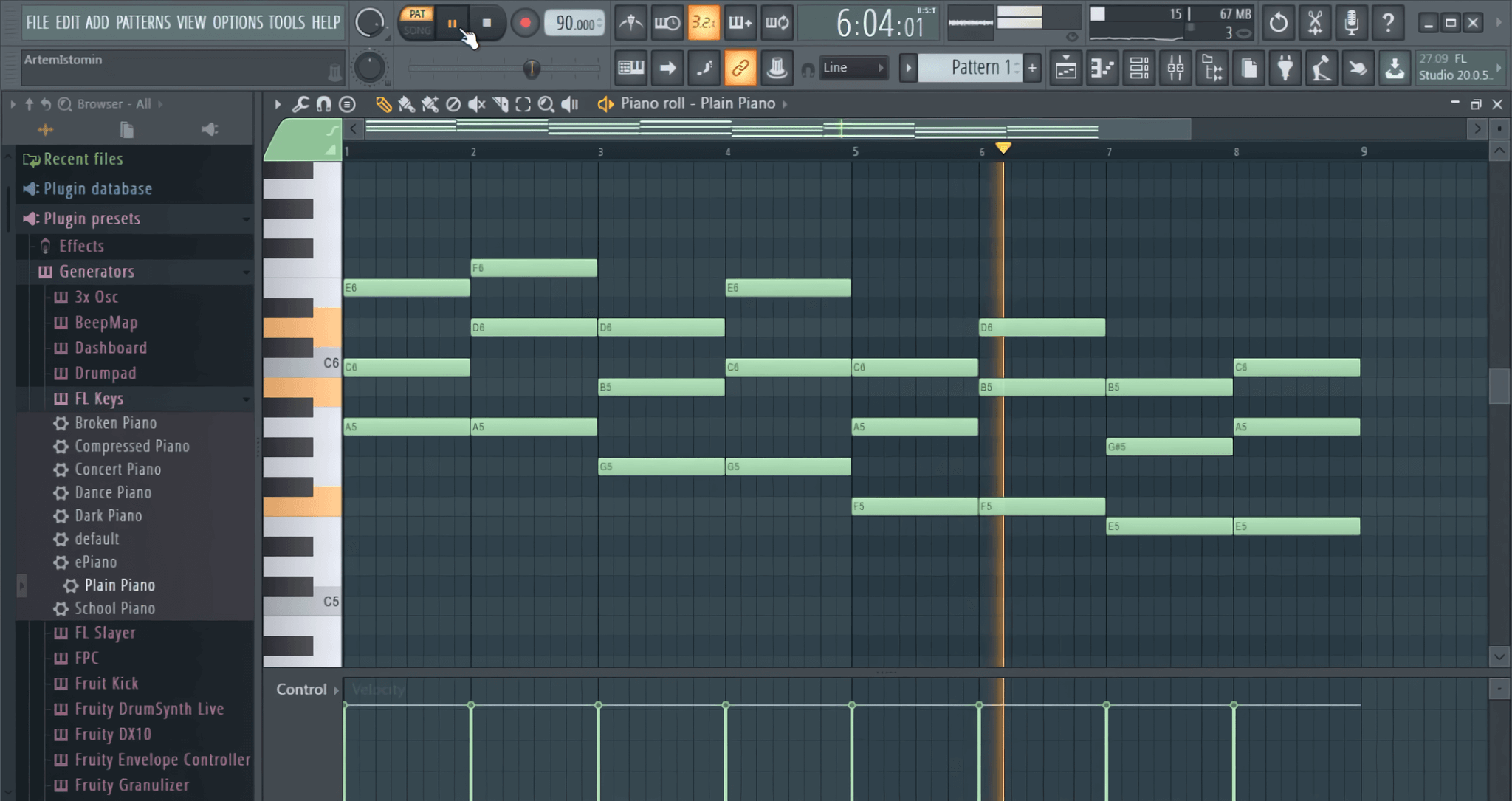
One of the most widely used applications for making beats is FL Studio. It is user-friendly and suitable for novices because to its UI. Samples, synths, and a huge selection of sound effects are just a few of the tools FL Studio provides for making music. They may be used to produce both acoustic and electronic rhythms.
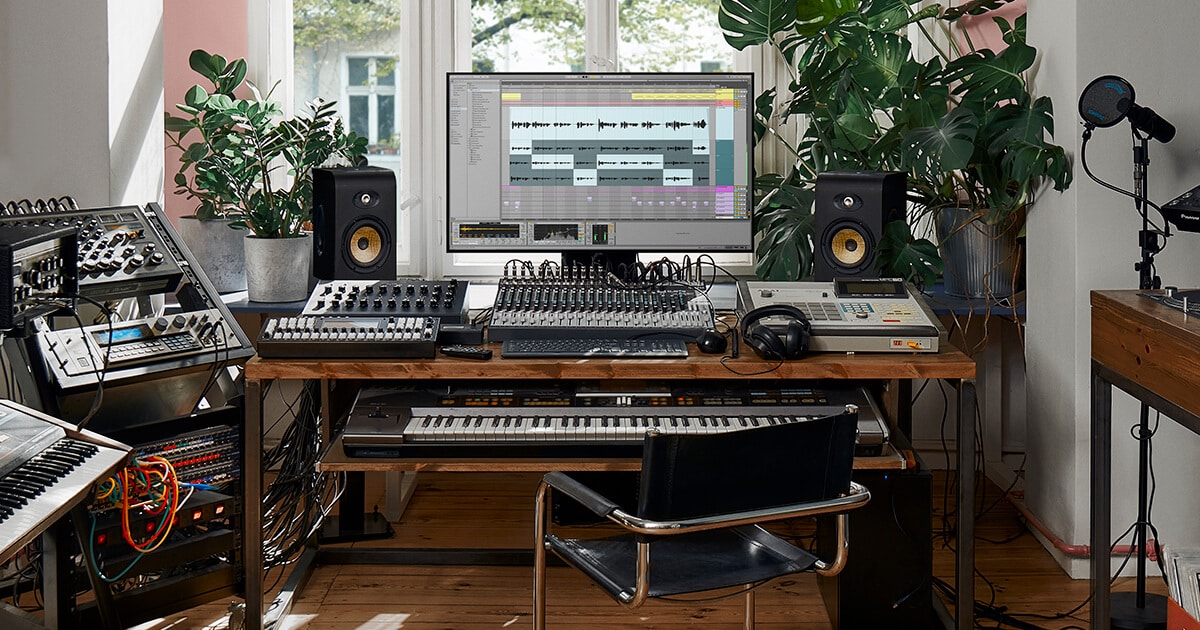
Ableton Live is another popular program for creating beats and electronic music. Ableton Live has a unique Session View feature that allows you to create music in real time. It also offers many tools such as samplers, synthesizers, and effects.
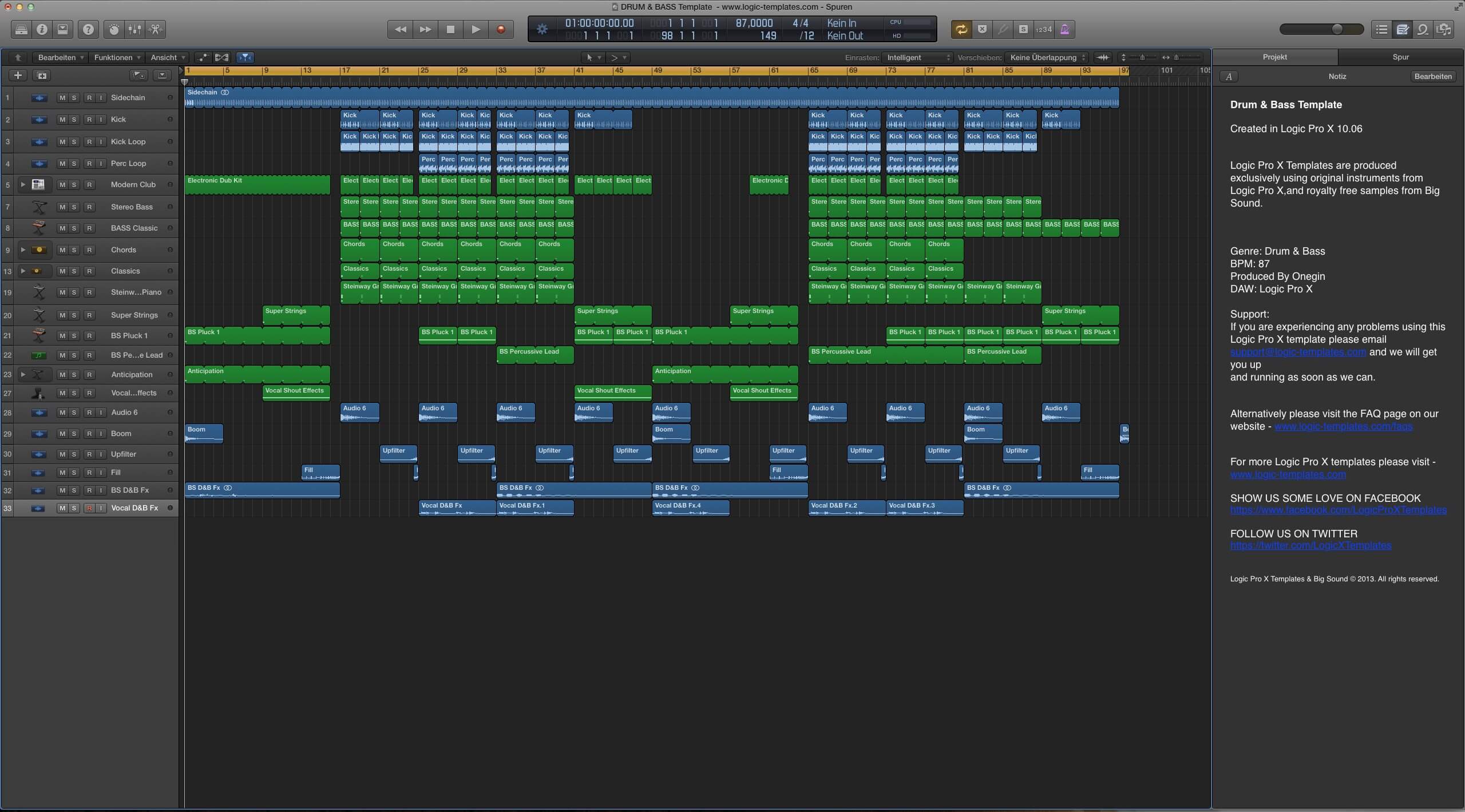
Logic Pro is Apple’s music creation software. It is great for creating beats and recording music on Mac. A lot of effects and tools are available to users, features for real-time music writing.
Reason has a simple user interface and a variety of features. Enables you to employ effects, synths, and samples to create MIDI tunes.The capacity to compose whole pieces within a single program is one of Reason’s key features. Users have, however, reported that Reason is a little slower than some other programs.
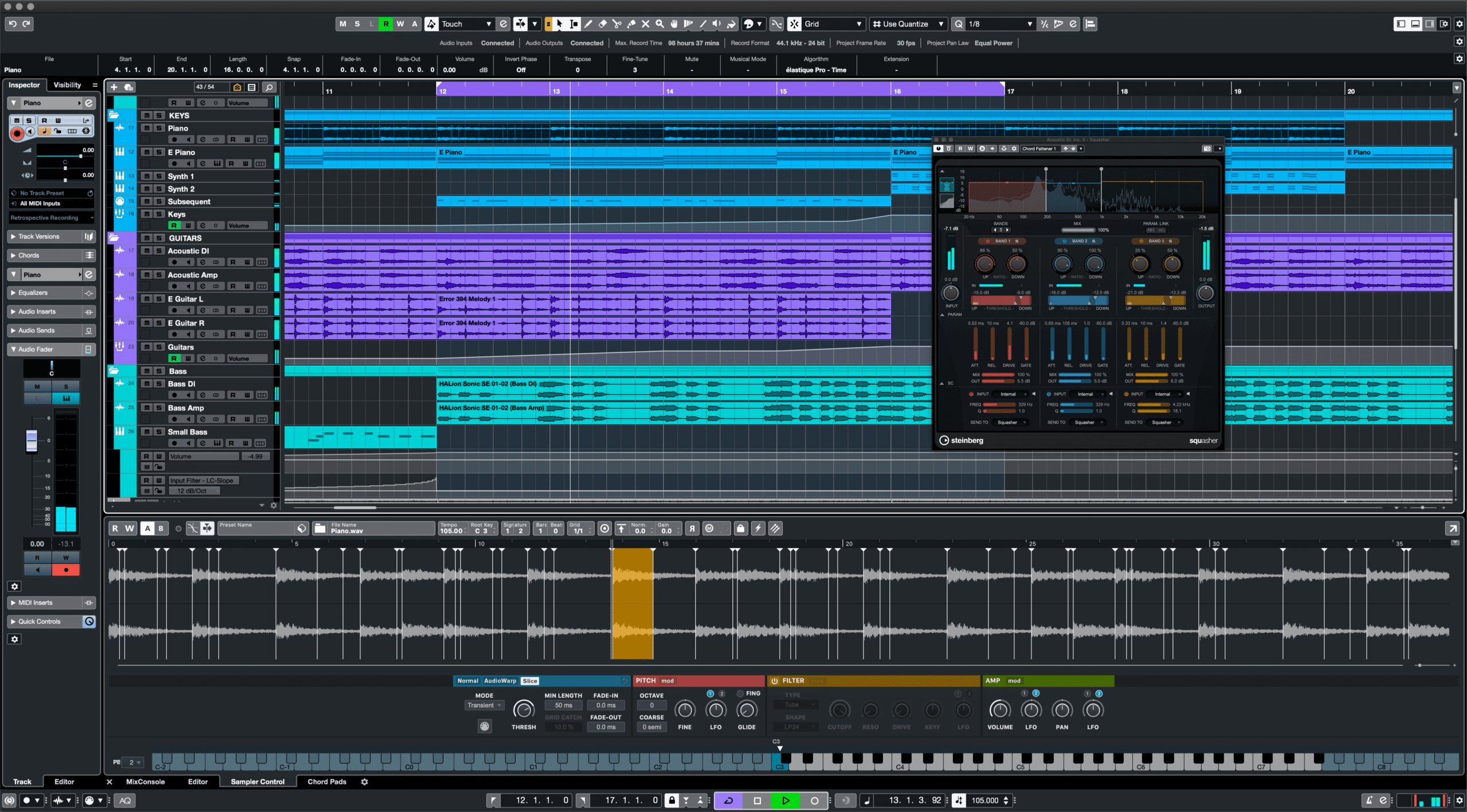
Cubase, which is frequently used to make electronic music. It provides a wide range of instruments, such as synthesizers, samplers, sound effects, and more. Working with video and audio at the same time is one of Cubase’s key advantages.
It’s also important to note the existence of internet music production tools like Soundtrap and Splice. They have the capacity to work with other artists and are accessible from anywhere in the world. To have more control over the music making process, some users, however, choose to work using local apps. Finding the program that is most suited to your requirements requires weighing the benefits and drawbacks of each of the programs mentioned.
It is essential to test out a few at once before selecting the one that best matches your requirements and creative approach.
Virtual instruments, which are computer software programs that let you generate sounds, effects, synthesizers, and other musical instruments, should also be used in order to produce high-quality beats.
Pre-recorded sounds called samples can serve as the foundation for musical compositions. Beats, melodies, and sound effects are the things they’re utilized for the most frequently.
In a DAW (Digital Audio Workstation), virtual instruments and effects are called VST plug-ins. Plug-ins may simulate the sounds of many musical instruments, including synthesizers, drum machines, and others, as well as create sound effects like reverb, chorus, and distortion.
You can use MIDI controllers to physically control the sounds in your DAW. They enable you to produce sounds in real time and may replicate many musical instruments. You need a library of sound files, which are subsequently imported into your DAW, in order to use samples. You may utilize a variety of both free and commercial sample packs in your compositions.
It’s crucial to remember that all of these instruments are only accessories that boost your creativity and enable you to produce beats that are more fascinating and varied. Don’t rely on them entirely and fail to remember that inspiration and originality are what matter most while making beats.
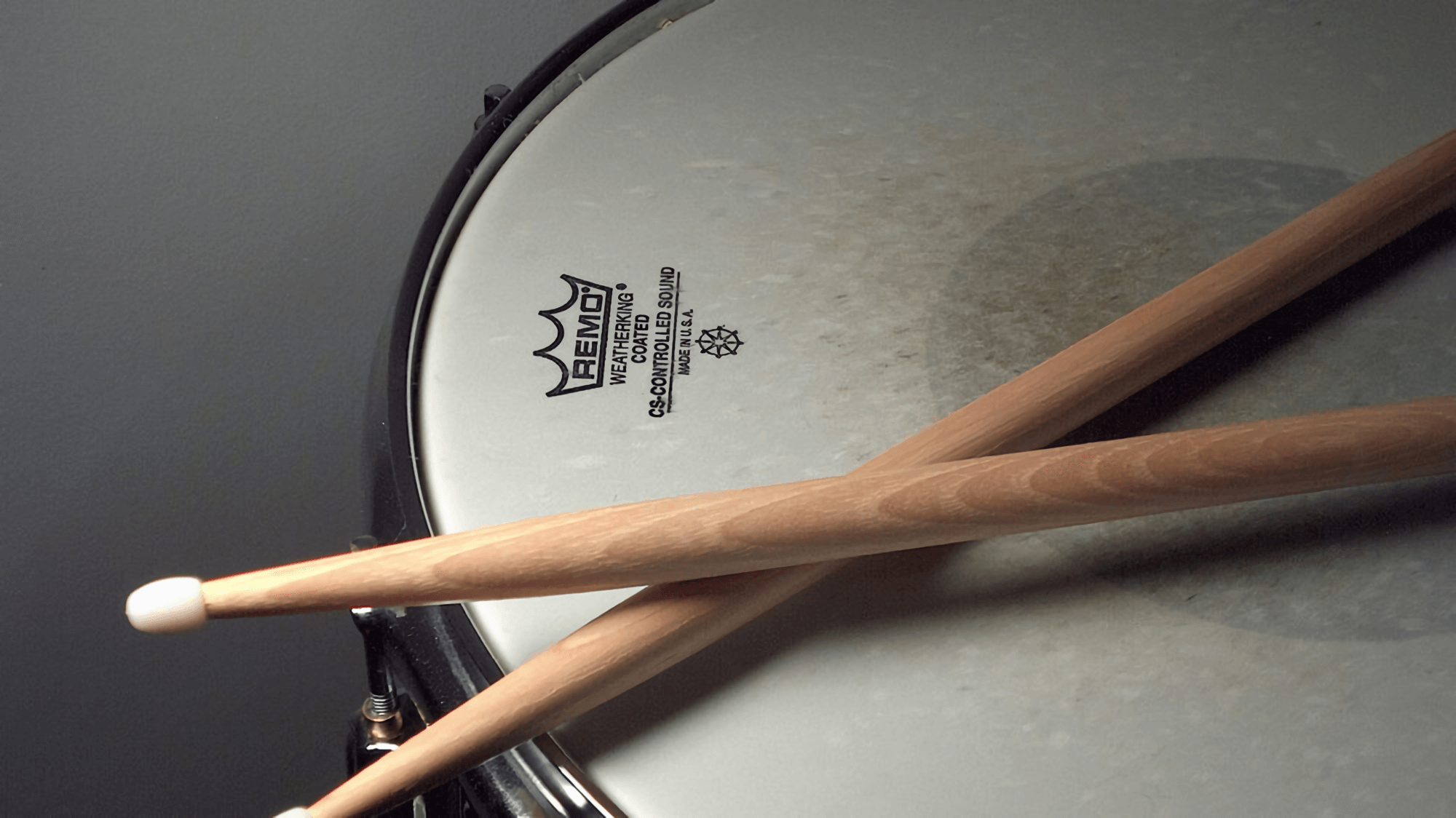
One of the most crucial components of a beat is rhythm. It establishes the tempo and rhythm and serves as the framework for the entire musical piece. It might be difficult to come up with an unusual and thrilling rhythm, but with a few fundamental guidelines, it’s doable to make an original beat.
Choosing a tempo is the first stage in producing a rhythm. It is in charge of determining the beat’s tempo and tone. R&B and hip-hop ballads are two genres that frequently have slower tempos (60 to 90 beats per minute). Dance music genres like techno and house are played at faster tempos (120 to 140 beats per minute).
Using rhythm patterns is the next step after choosing the pace. They might be basic or complicated and serve as the rhythm’s foundation. Some of the most common rhythmic patterns are listed below:
Use a variety of percussion instruments and percussion techniques to produce an intriguing and diverse rhythm. The first group consists of bongs, drum sets, drums, and cymbals. A beat may be made using virtual instruments as well as sampled instruments. It’s crucial to take the type of music you wish to produce into account while selecting drums for a rhythm. Hip-hop, for instance, frequently employs bass-driven beats and claps, but electronic music employs more novel sounds and rhythms. It is recommended to employ percussion in addition to other percussion instruments so that the rhythm can have a more interesting and diverse sound. There are several instruments that may be used, such as the castanets, triangle, maracas, and tambourine.
The tempo selection is a crucial factor in rhythm creation. It establishes the beat’s tempo and has a significant impact on the track’s overall tone. For instance, a slower tempo creates a deep and relaxing tone, whereas a faster tempo adds intensity and dynamics.
The fundamentals for producing an engaging and dynamic rhythm include the use of various percussion instruments, percussion, tempo selections, and the usage of rhythmic patterns. These components may be used to produce a beat that will unquestionably sound like a pro tune.
Working with sounds when making beats is crucial to determining how a music will sound in general.Musicians and sound designers frequently employ a range of sound processing techniques to produce distinctive sound effects.
The equalizer, which enables you to modify the volume and frequency of the sound, is one of the key tools. You may regulate the bass, midrange, and treble to produce a variety of sound effects by adjusting various settings. Reverb lends a spatial quality to the sound and may be utilized to give it more depth and richness.
By boosting or reducing a certain frequency, filters can alter the timbre and character of a sound. Filters come in various varieties, including low-pass, high-pass, and bandpass, and each is actively employed to produce a distinctive sound.
It’s crucial to remember that samples and sound effects are necessary to provide the distinctive sounds and ambiance of a track. Samples are prepared sound files that may be used to create rhythms and melodies. They are produced using virtual or actual musical instruments.
Simple echoes or panning are examples of sound effects, as are more intricate visual or special effects. While developing original sound themes and atmospheres for a track, using these tools allows you greater creative flexibility. While using sound effects, it’s critical to keep a sense of proportion in mind. If there are too many of them, the sound will be distorted and the track’s quality will suffer. Although it’s preferable to utilize effects to enhance the sound and add intriguing textures, don’t overlook the importance of having music sound nice and harmonious. Any samples and effects are simply a useful supplement to the primary sound and a way to produce a distinctive ambiance and tone. Your musical intuition and creativity are essential to creating a great rhythm.

Making your track publishable requires mixing and mastering once you’ve made your beat and included the essential sound effects. This is a crucial stage in the music-creation process since it enables you to improve and increase the listenability of your song.
The process of combining many soundtracks into one song. The purpose of mixing is to produce harmony between all of the composition’s components so that each instrument can be heard clearly without overpowering the others. Start by adjusting the volume levels of each component of the track so that they interact with one another without becoming too loud.
You can start processing the sound after balancing the levels. To create the desired sound, use EQ, compressor, dynamic processors, and reverb at this step. You may, for instance, use the equalization to tweak each instrument’s frequency balance for the best possible brightness and clarity. The use of dynamic processors and compressors results in a more compact,
Mastering can be done after mixing is complete. In order to get the maximum quality and loudness feasible, this method entails processing the sound of the entire recording as a whole. The basic objective is to make your track loud and clear across all platforms and listening conditions.
We employ multiband equalizers for mastering, which let you adjust the sound in various frequency ranges. This enables you to tidy it up and balance it out by reducing unnecessary frequencies and highlighting the essential ones.
The compressor is yet another crucial mastering device. To eliminate the gap in volume levels between the track’s quietest and loudest sections, it is used to compress the dynamic range of the music. The sound becomes tighter and more balanced as a result.
The track may be exported in the preferred format and made ready for release on music outlets once it has been mixed and mastered. However bear in mind that mixing and mastering are difficult procedures requiring a significant amount of knowledge and expertise.
In particular, if you lack knowledge in this field, don’t be hesitant to seek a qualified sound engineer for assistance.
If no steps are done to market and distribute the finished product, it can be meaningless. Here are a few effective methods and venues to effectively advertise your contribution:
Making a good beat involves many different considerations, from selecting the right instruments and rhythmic patterns to mixing and mastering. Samples, virtual instruments, VST plug-ins, and MIDI controllers may all be used to provide fascinating sound effects and a distinctive tone to your project. Knowing how to employ filters, reverb, and EQ to produce a deep, rich sound is crucial when dealing with sounds.
Give your imagination more time now that you’re comfortable with the fundamentals of producing and promoting beats. Share your work on social media and in online music forums. Take part in competitions and team-ups. Don’t be scared to try new things and develop your own own style. You may eventually accomplish fantastic successes in the realm of music composition and become a prosperous producer with consistent practice and hard effort.

Title: Music Trends 2025: What’s Blowing Up on TikTok and…
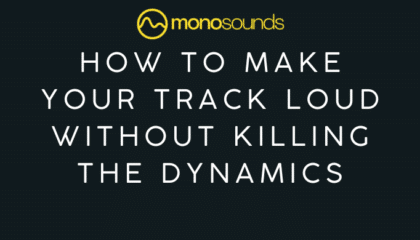
Introduction Hey there, it’s Maxim Hetman — sound designer, mixing…
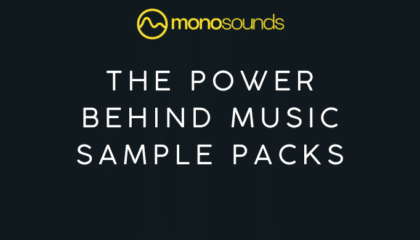
Title: Why Custom Serum Presets Beat Stock Sounds Every Time:…

So, you’ve been inspired by the insane soundscapes of Flume…
